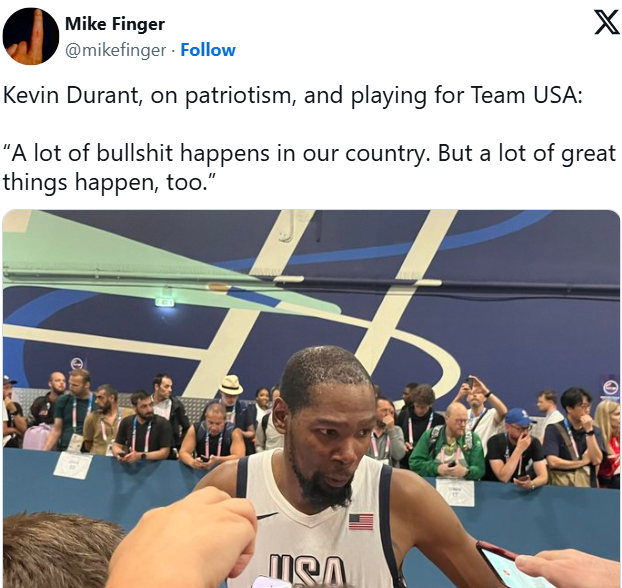
24 Aug Ancestry- Newsletter- August 24, 2024
Contents
- 1 ANCESTRY- AN URBAN MYTH LED TO SPENDING $20 BILLION OVER 25 YEARS
- 2 TWO EARLY AMERICAN MOTHER-DAUGHTER BUSINESSWOMEN WHOSE LEGACY INCLUDES THE NEW YORK YANKEES
- 3 AN 1829 JOURNEY ALONG THE NATCHEZ TRACE FROM MY WIFE’S ANCESTRY
- 4 MY GREAT GRANDPA WAS A WOODEN-LEGGED LOTHARIO
- 5 PRINCE AUGGIE SMITH, AN AMERICAN TOURIST, MINISTER, AND POTENTIAL SAINT
- 6 WHAT ABOUT YOUR DESCENDANTS KNOWING ABOUT YOUR ANCESTRY?

ANCESTRY- AN URBAN MYTH LED TO SPENDING $20 BILLION OVER 25 YEARS
The Chicago Sanitary and Ship Canal, historically known as the Chicago Drainage Canal, is a 28-mile-long (45 km) canal system that connects the Chicago River to the Des Plaines River. It reverses the direction of the Main Stem and the South Branch of the Chicago River, which now flows out of Lake Michigan rather than into it. The related Calumet-Saganashkee Channel does the same for the Calumet River, which is a short distance to the south, joining the Chicago Canal about halfway along its route to the Des Plaines. The two provide the only navigation for ships between the Great Lakes Waterway and the Mississippi River system.
The canal was, in part, built as a sewage treatment scheme. Before its opening in 1900, sewage from Chicago was dumped into the Chicago River and flowed into Lake Michigan. The city’s drinking water supply was (and remains) located offshore, and there were fears that the sewage could reach the intake and cause serious disease outbreaks. Since the sewer systems were already flowing into the river, the decision was made to reverse the river’s flow, sending all the sewage inland where it could be diluted before emptying it into the Des Plaines.
The building of the Chicago Canal served as intensive and practical training for engineers who later built the Panama Canal.
The driver of building the canal was that during a tremendous storm in 1885, the rainfall washed refuse from the river far out into the lake, spurring panic that a future similar storm would cause a huge epidemic in Chicago. The only reason for the storm not causing such a catastrophic event was that the weather was cooler than usual.
However, the Chicago 1885 cholera epidemic myth is a persistent urban legend, stating that 90,000 people in Chicago died of typhoid fever and cholera in 1885. Although the story is widely reported (an article from 100 years later is below), these deaths did not occur.
The Chicago Sanitary District (now The Metropolitan Water Reclamation District) was said to have been created by the Illinois legislature in 1889 in response to a terrible epidemic that killed thousands of residents of this fledgling city.
However, analysis of the deaths in Chicago shows no deaths from cholera and only a slight rise in typhoid deaths. No cholera outbreaks had occurred in Chicago since the 1860s. Typhoid deaths never exceeded 1,000 in any year in the 1880s. The supposed 90,000 deaths would have represented 12% of the city’s entire population and would have left numerous public records as well as newspaper accounts, and stories amongst in our ancestry.
Libby Hill, researching her book The Chicago River: A Natural and Unnatural History, found no newspaper or mortality records, and at her prompting, the Chicago Tribune issued a retraction (on September 29, 2005, see below) of the three recent instances where they had mentioned the epidemic. Ancestry.
It was not uncommon at the time to use “yellow journalism” to create panic and then enrich civic leaders with contracts to solve the problem created by the panic. I am not sure that times have changed all that much.


 TWO EARLY AMERICAN MOTHER-DAUGHTER BUSINESSWOMEN WHOSE LEGACY INCLUDES THE NEW YORK YANKEES
TWO EARLY AMERICAN MOTHER-DAUGHTER BUSINESSWOMEN WHOSE LEGACY INCLUDES THE NEW YORK YANKEES
Anna Christina Leimbach married Philip Minch and moved to Vermilion, OH, in the 1830s. Philip was trained as a shoemaker but moved into shipping and shipbuilding. The company, Kinsman Transit, was named for the street where the family lived, Kinsman Street, in Cleveland, Ohio. When Philip died, Anna Minch took over the shipping business.
When Anna died in 1905, her 51-year-old daughter Sophia took over Kinsman Transit, now a large shipping concern on the Great Lakes. Sophia Minch had married Henry Steinbrenner (1849–1929) in 1874.
Sophia Steinbrenner “personally directed the movement of her vessels” and worked at the company offices in the Rockefeller Building (Cleveland) every day throughout her career until shortly before her death. In 1913, she stayed awake at her desk for three days straight until all her ships were accounted for following a storm that sank 14 other vessels.
Her husband, Henry Steinbrenner, was the general manager. Four ships of the line were named SS Henry Steinbrenner. Sophia died in 1915, and Henry died in 1929. Their son, George Michael Steinbrenner, became the general manager.
George’s son, George Michael Steinbrenner II, taught his grandson, George III, by staking George with a couple of hundred chickens, and he peddled hens and their eggs door to door. “I learned much about business from raising chickens,” George III told Sports Illustrated. “Half of my customers began buying because they feared me.”
George Michael II had a son, Henry George Steinbrenner II (pictured above), a world-class track and field hurdler at the Massachusetts Institute of Technology. He graduated in engineering in 1927, first in his class, and was a distinguished scholar in naval architecture. He later became a wealthy shipping magnate who ran the family firm, operating freight ships hauling ore and grain on the Great Lakes.
Henry II’s son George Michael Steinbrenner III (1930 – 2010) joined Kinsman Marine Transit Company in 1957. George III worked hard to revitalize the company that had suffered hardship during difficult market conditions. In its return to profitability, Kinsman emphasized grain shipments over ore.
A few years later, with the help of a loan from a New York bank, George purchased the company from his family. He later became part of a group that bought the American Shipbuilding Company, and, in 1967, he became its chairman and chief executive officer. By 1972, the company’s gross sales were more than $100 million annually.
In 1960, against Henry II’s wishes, George III entered the sports franchise business for the first time with basketball’s Cleveland Pipers of the National Industrial Basketball League (NIBL). George and his partners lost significant money on the venture, but George paid off all of his creditors and partners over the next few years.
With his burgeoning sports aspirations put on hold, Steinbrenner turned his attention to the theatre. His involvement with Broadway began with a short-lived 1967 play, The Ninety Day Mistress, in which he partnered with another rookie producer, James M. Nederlander. Whereas Nederlander threw himself into his family’s new business full-time, Steinbrenner invested in a mere half-dozen shows, including the 1974 Tony Award nominee for Best Musical, Seesaw, and the 1988 Peter Allen flop Legs Diamond.
On January 3, 1973, George and minority partner Burke led a group of investors, which included Nederlander, Lester Crown, John DeLorean, Nelson Bunker Hunt, and Marvin L. Warner, in purchasing the Yankees from CBS for $8.8 million.
George was the longest-serving owner in club history, and the Yankees won seven World Series championships and 11 American League pennants under his ownership. His outspokenness and role in driving up player salaries made him one of the sport’s most controversial figures. George earned the nickname “the Boss”. He tended to meddle in daily on-field decisions and to hire and fire (and sometimes re-hire) managers.
He died after suffering a heart attack in his Tampa home on the morning of July 13, 2010, the day of the 81st All-Star Game. The Yankees are now owned by Yankee Global Enterprises, for which George’s four children have served as general partners. Now you have the Steinbrenner Ancestry.


 AN 1829 JOURNEY ALONG THE NATCHEZ TRACE FROM MY WIFE’S ANCESTRY
AN 1829 JOURNEY ALONG THE NATCHEZ TRACE FROM MY WIFE’S ANCESTRY
From my wife’s Great-Great Grandfather Santarelli Sydenham Galitzin Franklin’s family history writings (my notes are inserted in [brackets]):
My parents [Benjamin and Mahala Jones Franklin] immigrated to Ohio in 1832 [the date is off, as the family was recorded in the Clark County, OH census in 1830]. The distance traveled by wagon was 900 miles, mainly through unbroken forests and across the Choctaw and Chickasaw Indian nations [the only path that makes sense is the Natchez Trace from southwest MS territory to Muscle Shoals].
The former occupied all of northwest Mississippi, bordering the Mississippi River, and the latter, the northeast portion of Mississippi, bordering Tennessee and extending into Northern Alabama. The Choctaw Chief [potentially Greenwood LeFlore (pictured above)] touched my father’s vest with his finger, saying as his father was about to take his leave for the then far-off northland, “Let’s trade waistcoats”.
Father handed the chief his vest and received Cushman’s [believed to be the missionary to the Choctaw Calvin Cushman, whose son Horatio wrote the History of the Choctaw] fine, beautifully flowered velvet vest in return.
It was after leaving the Choctaw camp or village and entering the Chickasaw nation that sister Adaline saw an Indian asleep, partly covered by his blanket, and saw the Indian’s yellow knee exposed. Mistaking it for a nice yellow pumpkin, she ran to pick it up, exclaiming with childish glee as she grabbed it, “Punky, punky!” This awoke the Indian, who sprang to his feet instantly to Adaline’s great alarm.
While crossing the Chickasaw Nation in northern Alabama, a company of five men and women stopped us in the road, demanding a large trunk of books and other valuables, among which was a musical watch, which the father prized very highly as it was a gift from a friend. The robbers, however, took the trunk and its contents by force. One of the women snatched mother’s camel hair shawl from her shoulders and appropriated it.
We crossed the Tennessee River at Muscle Shoals, Alabama, and passed through Nashville. The capitol was yet draped in mourning for the death of President Jackson’s wife [Rachel Donelson Robards Jackson died on December 22, 1828. This would further prove that the trip took place in 1829 as the author was born in February 1829 in MS, so sometime that spring would make the most sense to have funeral décor from December.
Santarelli’s recollection had to have been his memories of the story as told by his parents, not his memories]. We crossed the Ohio River at Cincinnati on the horse-powered ferryboat. We settled on the Little Miami River, two miles from Montgomery and 12 miles from Cincinnati. The following year, my father went by horseback into Clinton County and bought 70 ½ acres, one mile south of Cuba, paying $350 for it [ the deed was recorded in 1832].
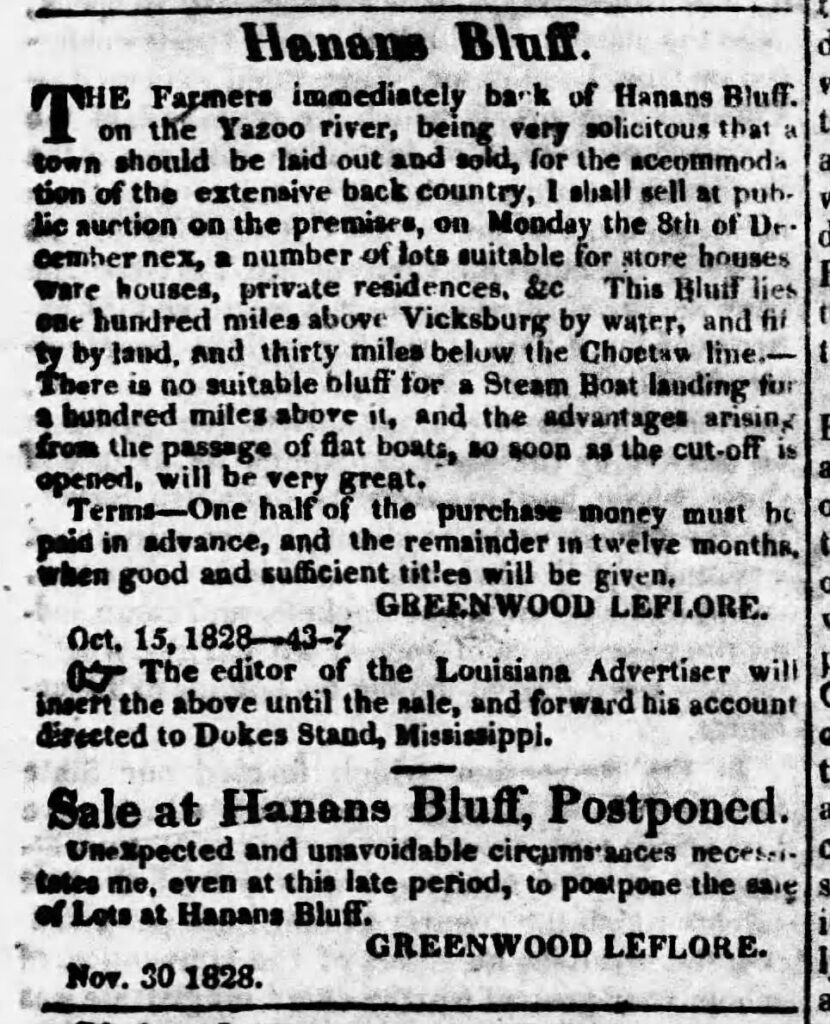
 MY GREAT GRANDPA WAS A WOODEN-LEGGED LOTHARIO
MY GREAT GRANDPA WAS A WOODEN-LEGGED LOTHARIO
For many years, this is what I knew about the ancestry of my 7th Great Grandfather Dirck Van Vliet Dirck:
▪ He was born about 1651 in Utrecht, The Netherlands.
▪ At a New Year’s Party in 1678 he had his leg accidentally shot off by Gysbert Krom (his brother-in-law). It was healed by April.
-On April 23, 1685, the marriage bans were published for him and Anna Barentsen. They had nine children. They lived in Ulster Co., New York. He died in 1702 in Kingston. She died a long time after him.
Then this message showed up from a distant cousin: “I am descended from Christoffel Davids of Kingston, NY, through his daughter, Debora. Debora Davids married Hendrick Claasen Schoonhoven on July 6,1679. Debora gave birth to a son, Niclaas (Nicholas), in 1685.
Hendrick brought Debora before the local magistrate, where she signed an affidavit stating that the child was not Hendrick’s but that the father was “Dirrick Wootin Legg.”
For years, i searched for “Wooten Legg” in the records and families of Ulster County. He and I believe that we have finally found him. Circumstantial evidence points to Dirck Van Vliet as the elusive Dirrick “Wootin Legg.” Our reasons for this conclusion are as follows:
(1) His first name was Dirrick (Dirck is another form of the given name).
(2) Dirck Van Vliet had one leg. A brother-in-law, Gysbert Krom, accidentally shot off Dirck’s left leg at a New Year’s Eve Party in 1678. A wooden or “peg” leg was the usual artificial limb for the time.
(3) We believe “wooden leg” is not a proper Dutch surname. As we understand it, Dutch surnames at this time were usually derived from the father’s given name (the English influence later changed that custom to a single surname running from parent to child, etc.). “Wooden leg” was a kind of nickname, possibly a cruel pejorative nickname.
(4) In her affidavit, cited above, Debora states that Dirck would not marry her but that he planned to marry another. This would have occurred either before or soon after the birth of the child. In 1685, when Niclaas was born, Dirck Van Vliet married Anne Andriesen (baptized 1662), daughter of Andries and Hilletje Hendricks Barentsen.
(5) The families of both Dirck and Debora lived in the village of Kingston and would have known each other. The Van Vliet family arrived in New Netherlands on June 23, 1662, and settled in Kingston. Dirck died there in 1702.
Now, I know that my ancestor, at age 33, with his wooden leg, must have been quite the romancer, seducing one lady and at the same time getting engaged to my maternal ancestor!
 PRINCE AUGGIE SMITH, AN AMERICAN TOURIST, MINISTER, AND POTENTIAL SAINT
PRINCE AUGGIE SMITH, AN AMERICAN TOURIST, MINISTER, AND POTENTIAL SAINT
As mentioned in our last edition, Prince Dimitri Alexeievich Galitzin of Russia, a close friend of Benjamin Franklin, was the source of one of my wife’s ancestry names.
Born into nobility in 1770, Prince Dimitri was raised as a nominal member of the Russian Orthodox Church, but his father had little connection to religion. After his mother’s return to Catholicism in 1786, Prince Dimitri was formally received into the Catholic Church at 17, adopting the name Demetrius Augustine.
His father was unhappy with the change and sent his son to Saint Petersburg to force him back into Orthodoxy. In 1792, he was appointed aide-de-camp to General von Lillien but was dismissed from Austrian Service after the death of Leopold II of Austria and King Gustav III of Sweden.
Demetrius then embarked on a two-year journey to America and the West Indies to complete his education. He was ordained by Archbishop John Carroll in 1795 and was the first to complete his theological studies in the United States. Gallitzin worked in church missions in Maryland, Virginia, and Chambersburg, Pennsylvania, investigating a haunted house phenomenon called the Wizard Clip.
In 1799, he founded the settlement of Loretto, Pennsylvania, which became the first English-speaking Catholic settlement west of the Allegheny Front. The town was named after the place of Marian devotion in Italy. Gallitzin dedicated Loretto’s parish church to St. Michael the Archangel, a nod to his Russian roots. In 1802, he became a naturalized citizen of the United States under the name Augustine Smith.
Father Gallitzin first arrived in the McGuire settlement after a 150-mile sick call. He traveled on foot to settlers and spent $150,000 on land to attract Catholics. He worked alone and was isolated, often sleeping on bare floors. In 1807, he wrote to Bishop Carroll, expressing his melancholy and sorrow due to his mother’s death. Gallitzin received money from his mother and sometimes borrowed against his expected inheritance. After his father’s death, he was not allowed to receive his father’s estate due to Russian law.
His sister Maria Anna promised to receive his share, but her marriage to an insolvent German prince absorbed most of the estate. William I of the Netherlands purchased valuable items from Princess Gallitzin’s estate, but the funds were delivered to Gallitzin’s brother-in-law. Gallitzin was encouraged to return to Europe to claim his rights, but his representatives were sometimes less assiduous.
Gallitzin faced significant debt after providing his parishioners with a grist mill and sawmill. He sought loans from Charles Carroll, Cardinal Cappellari, Pope Gregory XVI, and the Russian ambassador to the United States. Despite being suggested for the see of Philadelphia in 1814, Bishop Carroll objected, stating that his debts were for charitable purposes.
Gallitzin was also suggested for the diocese of Bardstown, Kentucky, and Pittsburgh. Despite his financial struggles, he accepted the appointment as Vicar-General for Western Pennsylvania and eradicated the debts in building the community. He published several tracts defending Catholicism, urging unity and charity among different denominations.
He played a significant role in building up the Catholic church in western Pennsylvania, with 10,000 Catholics at his death. Charles M. Schwab funded the construction of a large stone church and a bronze statue of Gallitzin. The town of Gallitzin, Pennsylvania, is named after him. In 1990, Bishop Joseph V. Adamec established the Prince Gallitzin Cross Award for Catholics who exemplify Gallitzin’s evangelizing spirit.
On June 6, 2005, the Congregation for the Causes of Saints announced that Gallitzin had been named a Servant of God, the first step toward possible future sainthood.

 WHAT ABOUT YOUR DESCENDANTS KNOWING ABOUT YOUR ANCESTRY?
WHAT ABOUT YOUR DESCENDANTS KNOWING ABOUT YOUR ANCESTRY?
Reach out to Dancestors Genealogy. Our genealogists will research, discover, and preserve your family history. No one is getting any younger, and stories disappear from memory every year and eventually from our potential ability to find them.
Preserve your legacy, and the heritage of your ancestors.
Paper gets thrown in the trash; books survive!
So please do not hesitate and call me @ 214-914-3598 and get your project started!
Visit our website to learn more!


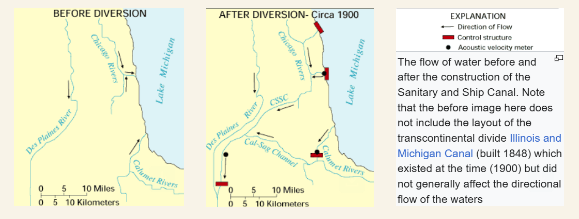
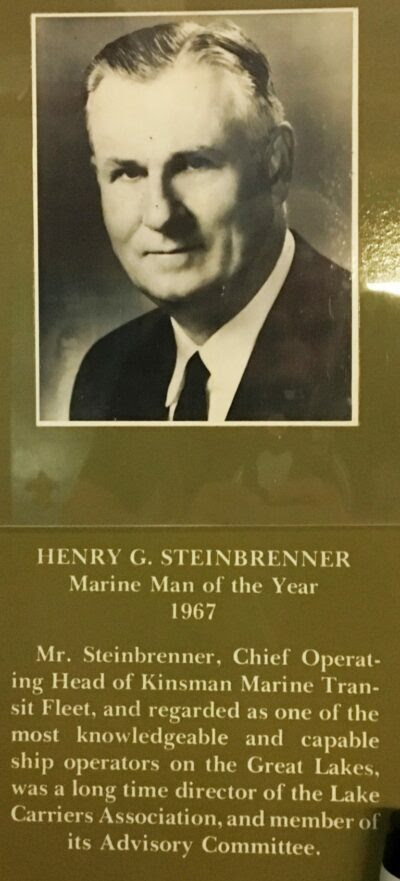 TWO EARLY AMERICAN MOTHER-DAUGHTER BUSINESSWOMEN WHOSE LEGACY INCLUDES THE NEW YORK YANKEES
TWO EARLY AMERICAN MOTHER-DAUGHTER BUSINESSWOMEN WHOSE LEGACY INCLUDES THE NEW YORK YANKEES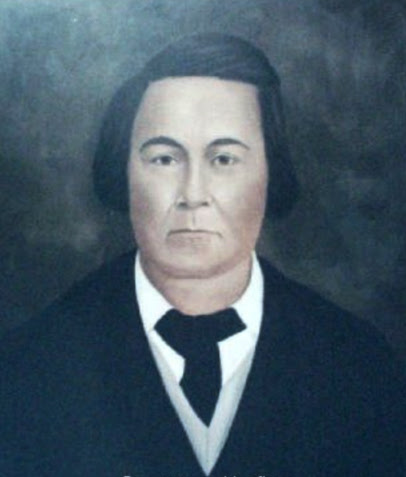 AN 1829 JOURNEY ALONG THE NATCHEZ TRACE FROM MY WIFE’S ANCESTRY
AN 1829 JOURNEY ALONG THE NATCHEZ TRACE FROM MY WIFE’S ANCESTRY MY GREAT GRANDPA WAS A WOODEN-LEGGED LOTHARIO
MY GREAT GRANDPA WAS A WOODEN-LEGGED LOTHARIO PRINCE AUGGIE SMITH, AN AMERICAN TOURIST, MINISTER, AND POTENTIAL SAINT
PRINCE AUGGIE SMITH, AN AMERICAN TOURIST, MINISTER, AND POTENTIAL SAINT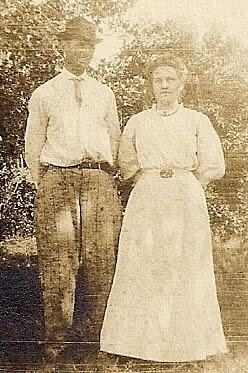 WHAT ABOUT YOUR DESCENDANTS KNOWING ABOUT YOUR ANCESTRY?
WHAT ABOUT YOUR DESCENDANTS KNOWING ABOUT YOUR ANCESTRY?